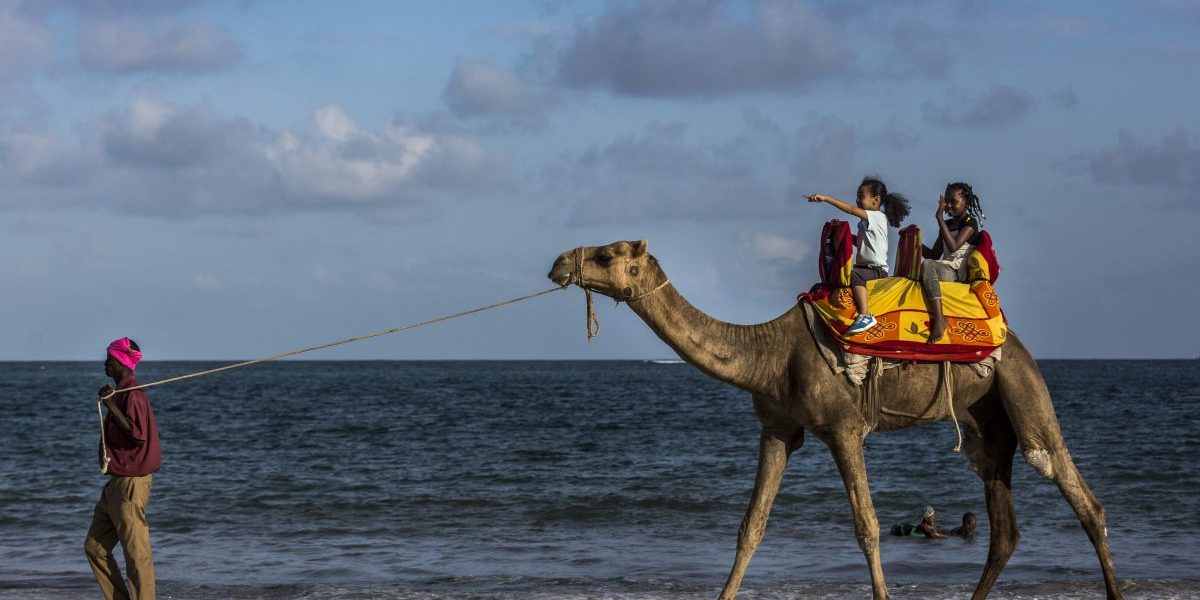Coastal and marine tourism is recognised as a vital Blue Economy sector by IORA countries and in the IORA Action Plan 2017-2021. South Africa, which serves as IORA chair from 2017-2019, has been at the forefront of recent debates around economic inclusion and tourism.
Across IORA states the economy of coastal tourism is dominated by mass tourism involving the movement of large numbers of international tourists to often all-inclusive enclave beach resorts. This form of tourism is inimical to inclusive development, as local entrepreneurs are typically excluded from the benefits of the tourism value chain. By contrast, other forms of coastal tourism have firmer and more secure entry points that enable local people (including marginalised groups such as women and youth) to participate in the industry.
The low-budget sector of international tourism and the markets offered by domestic and regional tourists are appropriate entry points for the start-up and growth of locally owned small and medium-sized enterprises (SMEs). There is also significant potential to enhance SME involvement in niche tourism markets such as eco-tourism, adventure tourism or cultural tourism.








